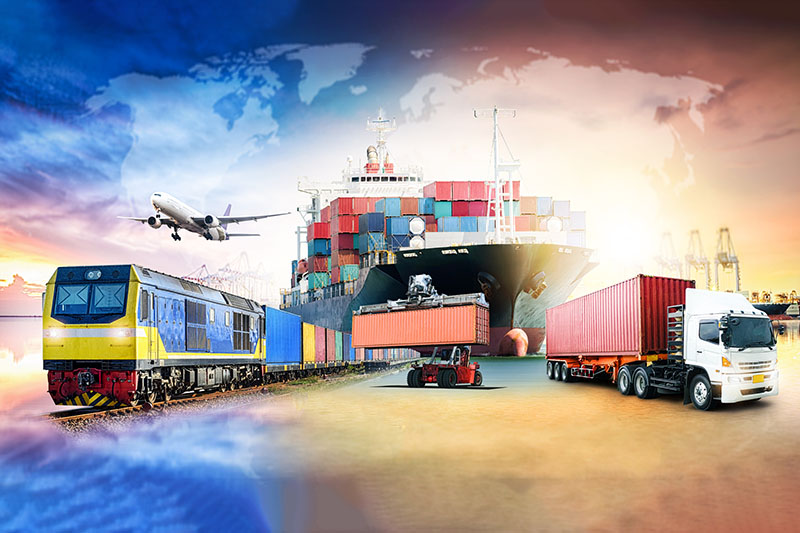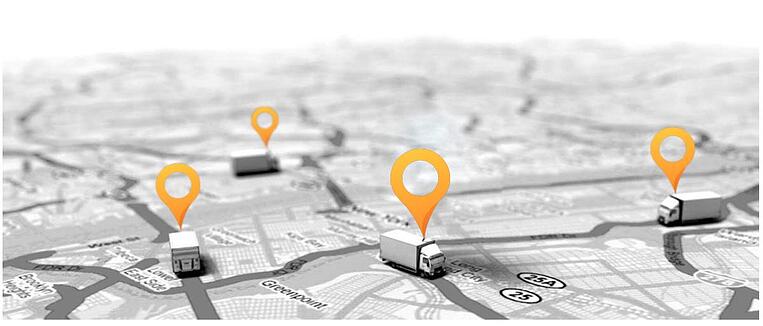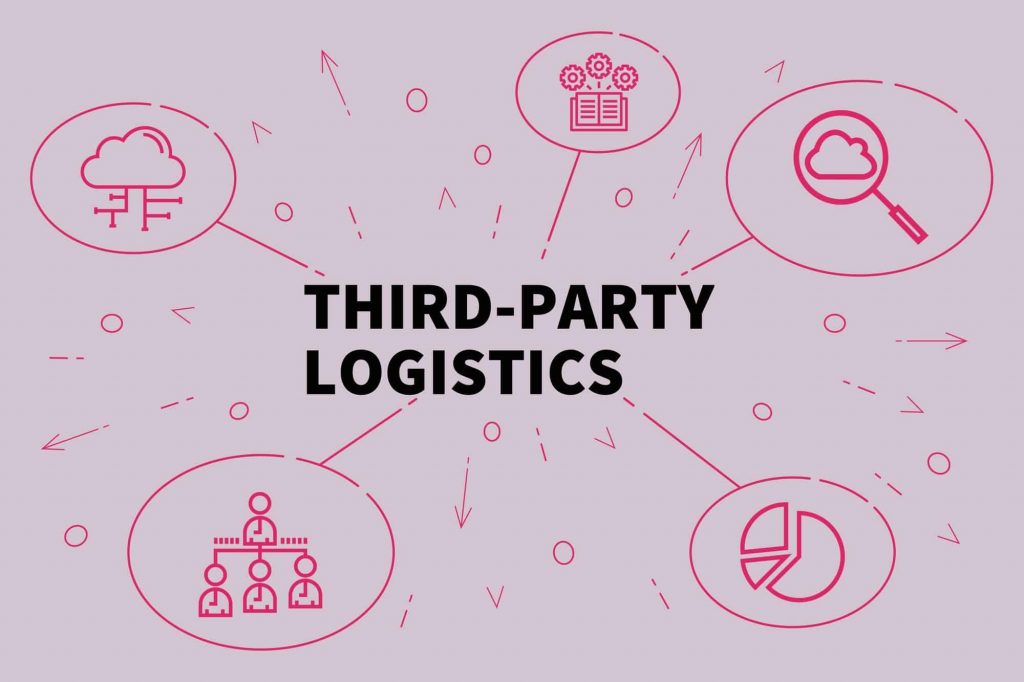It is an unwritten law that disruption drives change and adaptation. This works for businesses the same way it works for individuals and their personal development routes to becoming more successful and efficient in their professional fields.
Logistics is one of the fastest evolving industries due to the rapidly changing market demands and the continuous surge in new technologies. This is the main factor to impact how new trends form, and which logistics services providers will stay on the top of their game over time.
In this article, we are looking at three of the most recent and interesting trends in the sector that continue to shape e-commerce, supply chains of retail businesses, and the real-life consumer demands for fast-track shipping and reliable courier services.

Real-time tracking
Acquiring real-time tracking has been a real challenge in recent years, which fuelled innovations and new developments to solve common logistics problems. Big delivery companies have found practical ways to connect devices and back-end computing systems so there is better access and exchange of information between all the parties involved. RFID (Radio-frequency Identity) technologies are what many companies have been interested in this year and how the acquired data from real-time tracking can be utilized successfully in the decision-making process of most businesses.
Barcode labels and scanning have also been firmly established in the logistics sector and many providers have been integrating them into more innovative solutions for achieving greater efficiency and reliability in the data acquisition stages. Novel chip technologies like RFID are also utilized for real-time tracking of deliveries and precise localization of goods in the business supply chains, together with the well-known barcode systems, working in congruence to improve transparency and traceability in every step of the parcel journey.

Big data
One of the biggest incentives for logistics companies to grow and adopt new technologies these days is the substantial gain in return they can achieve by investing in big data. Leveraging information about speed, vehicle location, diagnostics, traffic, and common driving patterns can speed up the technological progress in logistics significantly. The purpose of big data is to maximize the length of time a vehicle spends on the road and to improve multi-drop operations by servicing more deliveries for that duration. Predictive modeling is an approach that logistics companies have been following as a trend this year because of the critical potential it has had for improving root optimization and existing real-time tracking systems.

Third-party logistics (3PL)
Many online retailers, manufacturers, and businesses managing a supply chain have realized the benefits of logistics services by third-party companies. Courier companies like Zendfast specialize in logistics automation and they integrate the newest technologies in their services so that the customer can achieve better capabilities of their shipping solutions. Third-party logistics providers these days need to be multi-channel in order to meet the ever-rising consumer demands and their high customers’ expectations. Another major trend that has been continuing over the length of this year is finding 3PL services for tackling the pressing challenges of last-mile delivery, fast same-day, and on-demand deliveries. More and more business clients turn to outsourced delivery solutions from industry specialist that understand the issues and are capable of providing a comprehensive and bespoke logistics solution for their unique use case.

Conclusion
Embracing change by investing in computing technologies and innovative logistics solutions will always be in trend. Trusting an integrated approach that utilizes the latest advancements and optimization practices is the way forward to achieve a better competitive edge and more seamless operations in every stage of your supply chain.